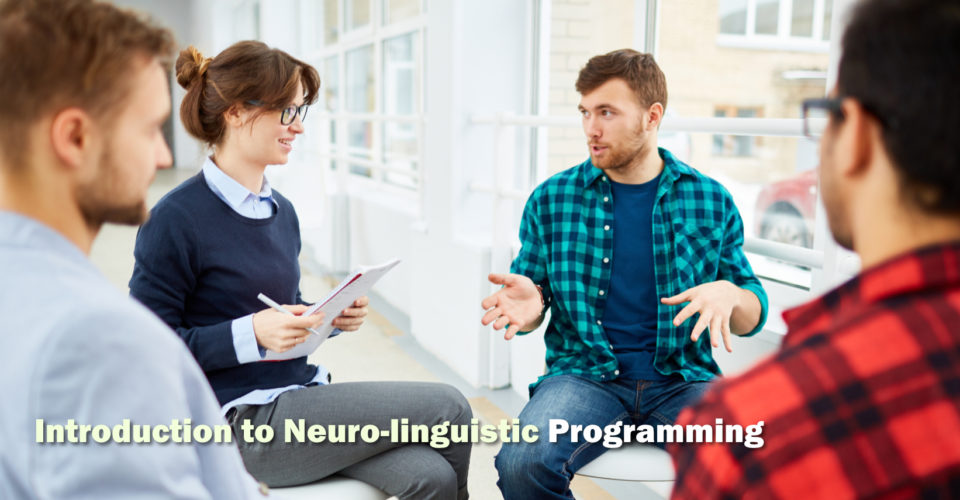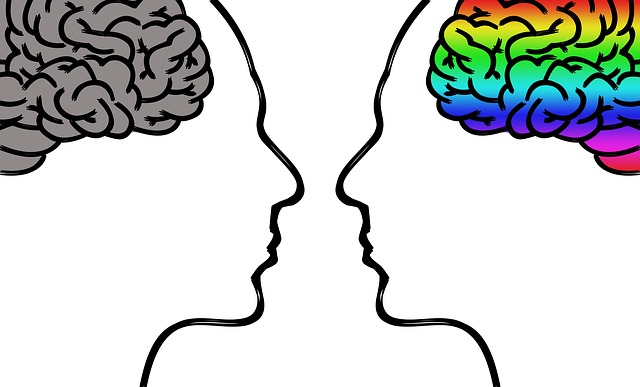- We help people develop life changing thoughts, feelings and behavior
- 609-689-3745
- 609-532-1220
Nlp Training: Understanding The Communication Model
Unstoppable Confidence: How to Use the Power of NLP to Be More Dynamic and Successful
March 9, 2010Nlp for Coaching Performance: Get the Most Out of Your Employees
March 12, 2010 NLP is an art and a science. It is based on the idea that the sensory information around us is translated into thoughts and ideas, which affect our state, physiology and behavior and therefore our results. Our words also affect our experience and the experience of others. NLP teaches us how to use communication more effectively.
NLP is an art and a science. It is based on the idea that the sensory information around us is translated into thoughts and ideas, which affect our state, physiology and behavior and therefore our results. Our words also affect our experience and the experience of others. NLP teaches us how to use communication more effectively.
NLP also tells us that we code or represent information to ourselves in certain ways. How we do code information varies between events we perceive as positive and negative. NLP teaches specific strategies and techniques that we can learn in order to represent this information differently to produce better results. These strategies are taught during NLP courses and NLP training, during NLP practitioner courses.
The NLP communication model explains clearly how we process and use information and how this affects our state, physiology and behaviour. This is why it is a good starting point for therapy and I will always explain it to clients attending their first session of NLP or Hypnotherapy. This model was taught to me during my NLP practitioner training course with People Building an NLP training company. It is a tool I find invaluable. It is really important for clients to understand this model in order to be able to make changes to how they view their world.
What we know is that every second we are bombarded by sensory feedback (an estimated 2 million bits of information every second) from our 5 senses Visual (sight), Auditory (hearing), Kinaesthetic (feeling & touch), Olfactory (smelling) and Gustatory (tasting). In any given moment we are selective as to what information we pay attention to because of course we cannot possibly hope to process all of the information. Memory theorists suggest we can handle or remember about 7 new bits of information at once.
This means that we filter the 2 million bits of information into about 7 bits. The way we do this is by deleting, distorting or generalizing. Deletion means we do not attend to information that is not relevant in the moment, distortion means we adapt the information to make it fit with what we believe or are on the look-out for, generalization helps us to relate new information to what we already know. These three processes are crucial, as they prevent us from being overloaded with information and allow us to function.
However, what this also means is that we do not have the full picture because we have ignored or changed information during the filtering process. Using the 7 bits of information that have filtered we recreate the outside event inside our mind. This is called an internal representation. This mean that what we represent to ourselves inside our minds is never true to what is actually happening in the event
Our internal representations are a re-presentation of the original information after filtering. Because the information we take in is via our 5 senses, our internal representations are made up of thoughts, feelings, sounds, pictures, smell and tastes. Importantly, the way we represent or code information in our internal representation affects how we feel, which in turn affects our physiology and behavior. What we know is that happy people tend to filter and represent information differently to depressed or anxious people. More importantly via cognitive therapy such as NLP or hypnotherapy, Herts, people experiencing mental distress can learn to filter in a way that allows refreshed perspectives and a different emotional experience.
The communication model is something that you will learn by attending an NLP course such as an NLP practitioner or master practitioner course. People Building, an NLP training company, run free NLP taster events during which the NLP communication model is taught.
"Welcome to People Building, a self development company dedicated to inspiring growth, progression and better results in your life. It is our privilege to present to you authentic NLP and Hypnosis training at NLP Practitioner Level, NLP Master Practitioner and Hypnotherapy Diploma, for those in Hertfordshire, Bedfordshire, Buckinghamshire and London. We will never cease to evolve, and it gives me great pleasure, to invite you with us on this epic adventure". http://www.peoplebuilding.co.uk
Related articles by Zemanta
- NLP: What Is It Good For? (actionbites.blogspot.com)
- Teachers get lessons in body language (telegraph.co.uk)


![Reblog this post [with Zemanta]](http://img.zemanta.com/reblog_e.png?x-id=f077f152-2664-4845-9370-2c6438a8bcbd)


